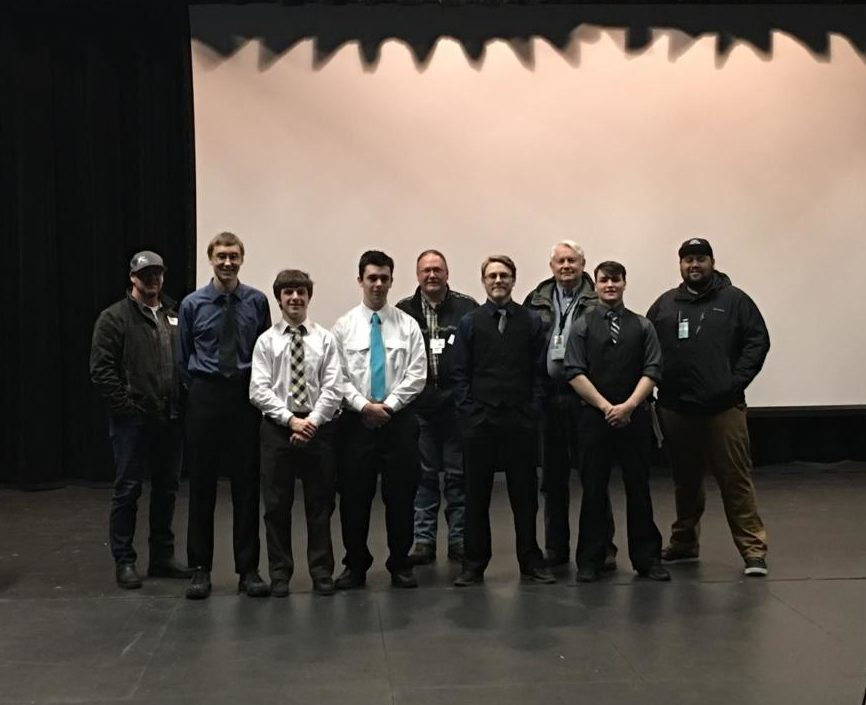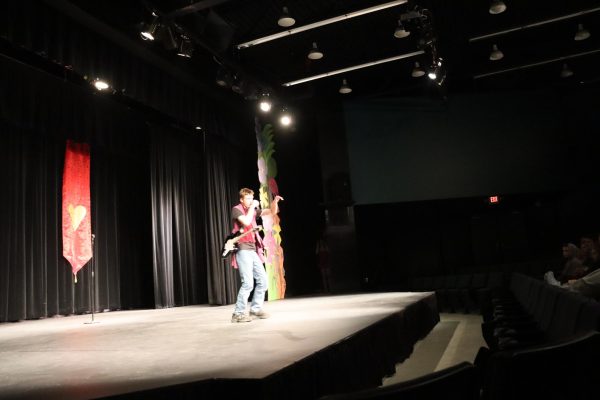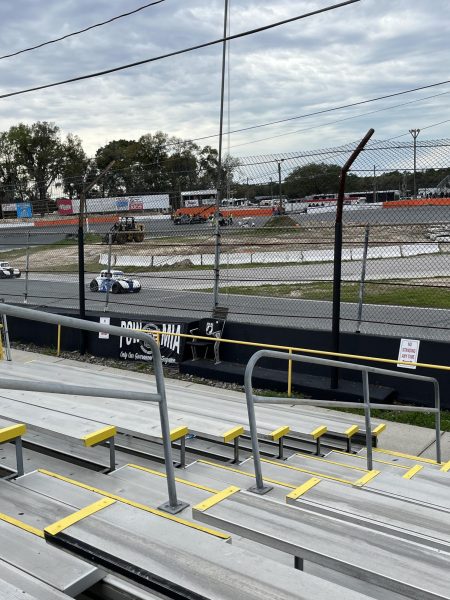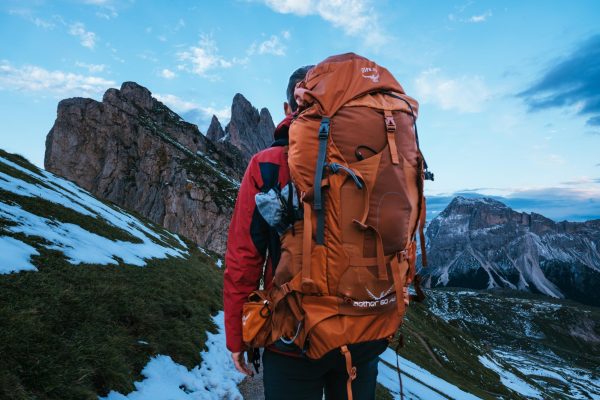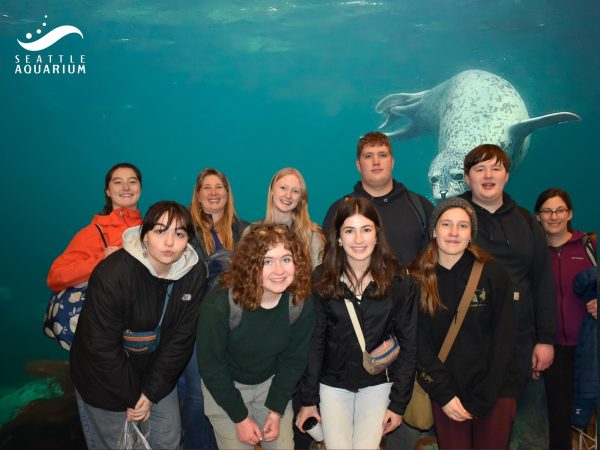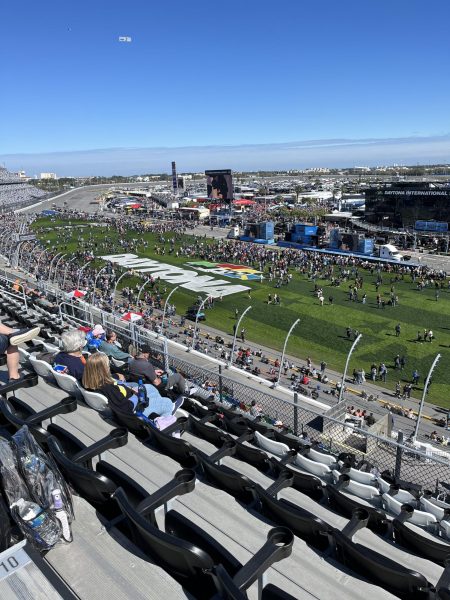Classroom Meets Real World
April 3, 2018
What was started as a simple classroom assignment has grown into something much larger. The engineering class at Seward High School was tasked to find a source of alternative energy that would possibly improve efficiency or reduce consumption. Two separate groups within the class researched the benefits of geothermal systems, which draw clean and renewable energy from within the Earth.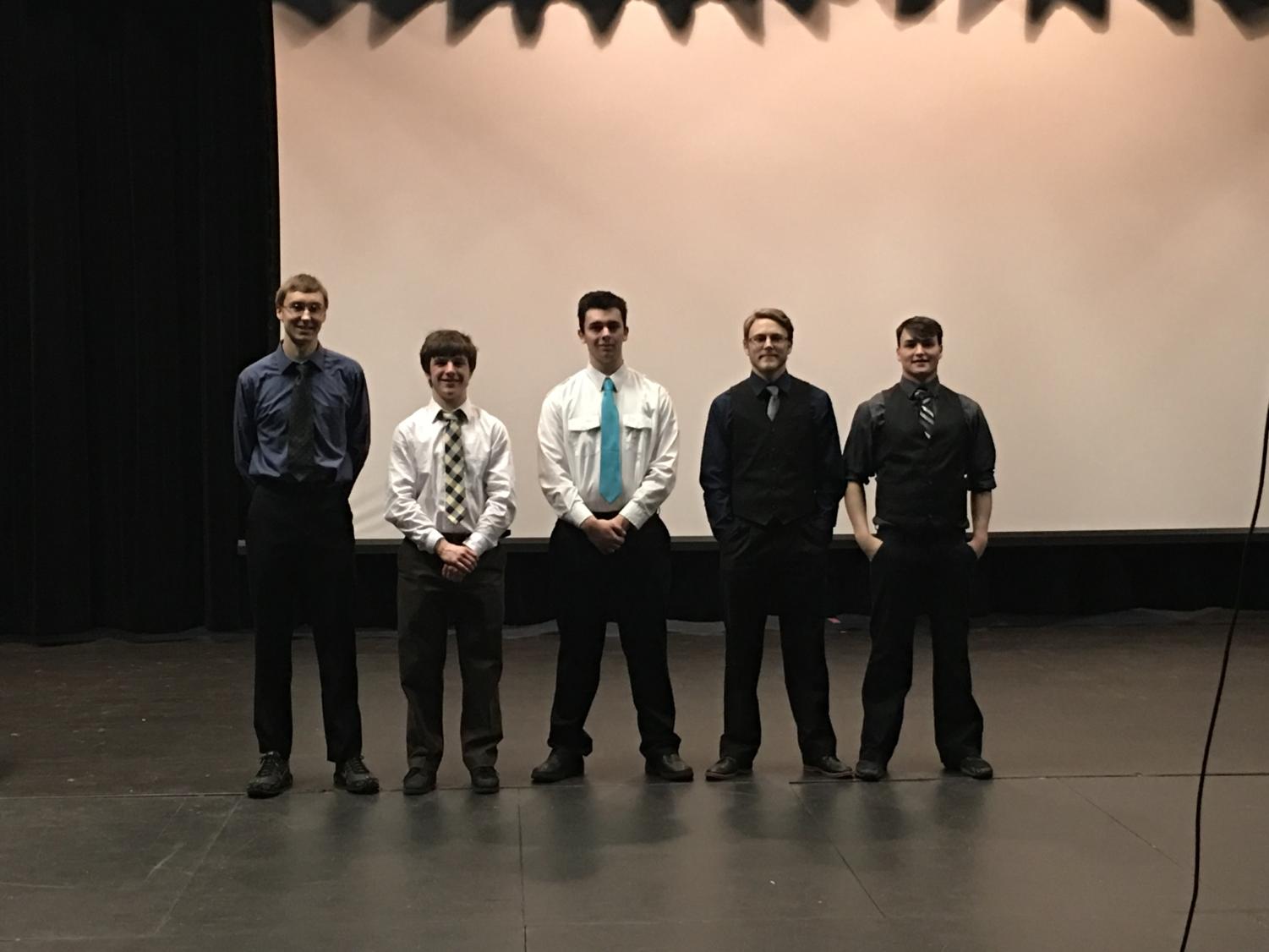
After the assignment, the rival groups joined forces to pursue a greater goal. Students Brendan McMurray, Simon Estes, Joel Williams, Beau Freiberg, and Charlie Mack devised the idea of using a geothermal system to heat the pool. In October, they presented their findings at the ATVEC energy fair and won the first place scholarship.
After this, engineering teachers George Reising and Stephanie Cronin encouraged them to continue their project on their own time but for no classroom grade. Former student of Cronin, David Apperson, who now works for PDC Engineering, Skyped the group countless times. According to the students, Apperson “wanted to work with this group of guys, give [them] more information, answer any questions and be a guide, especially for legislative issues.”
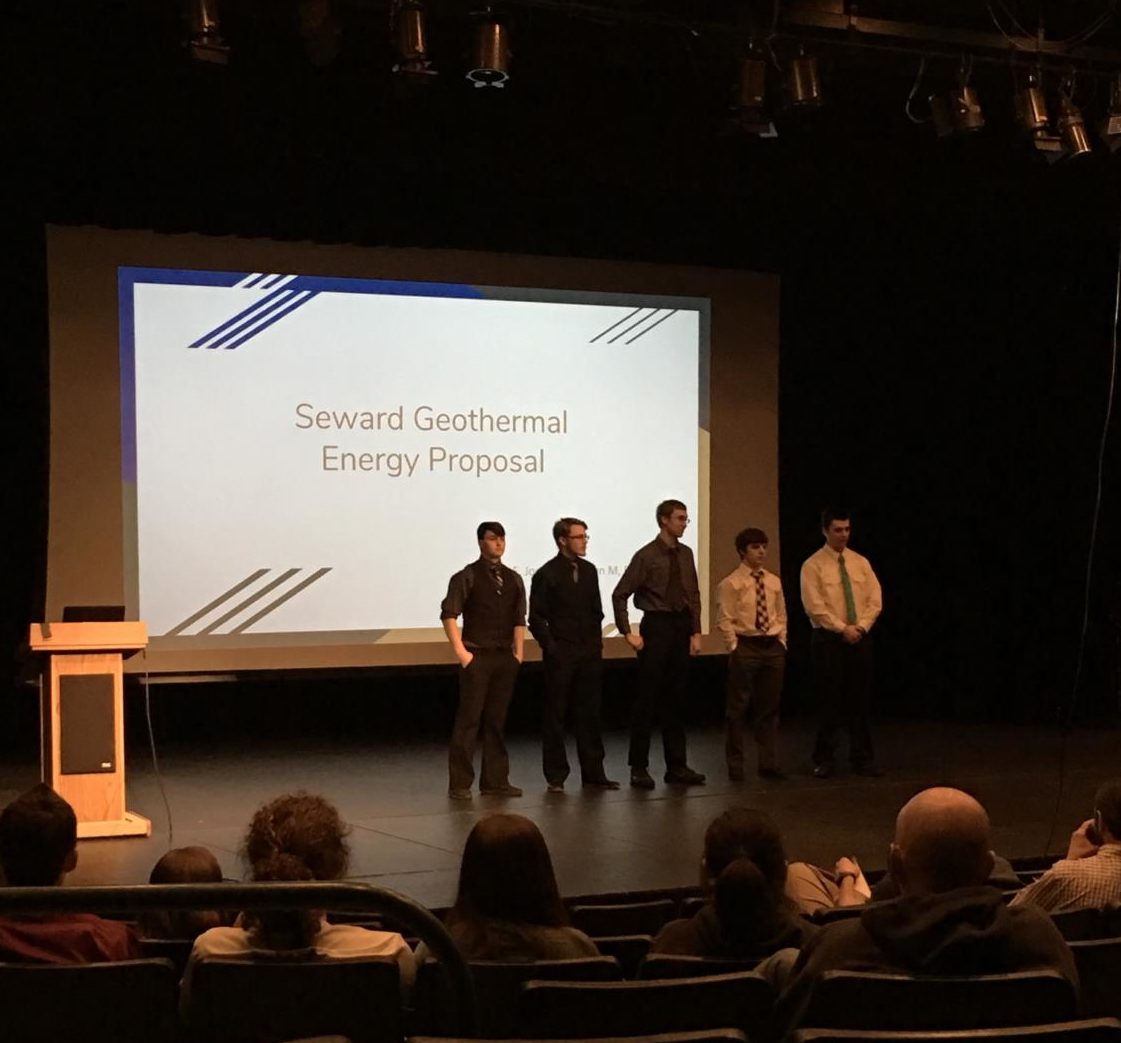 Their proposed plan consists of adding horizontal geothermal loops below the track and field that are fed to heat pumps and exchangers in the pool equipment room. Right now, the pool uses about 43% of the heating oil purchased by the school. In addition, the pool’s water tank is directly connected to the school’s boiler system. This means during the summer the boilers are running to heat the whole school, when only the pool needs to be.
Their proposed plan consists of adding horizontal geothermal loops below the track and field that are fed to heat pumps and exchangers in the pool equipment room. Right now, the pool uses about 43% of the heating oil purchased by the school. In addition, the pool’s water tank is directly connected to the school’s boiler system. This means during the summer the boilers are running to heat the whole school, when only the pool needs to be.
Adding a geothermal heating system will fix this problem and save the school lots of money. According to Williams, “If all goes to plan, there will be a return on investment in less than four years.” The team has done copious calculations to determine the costs and benefits of a geothermal system. “The pool is an important thing. When there was talk of closing the pool, the community went up in arms,” Estes added.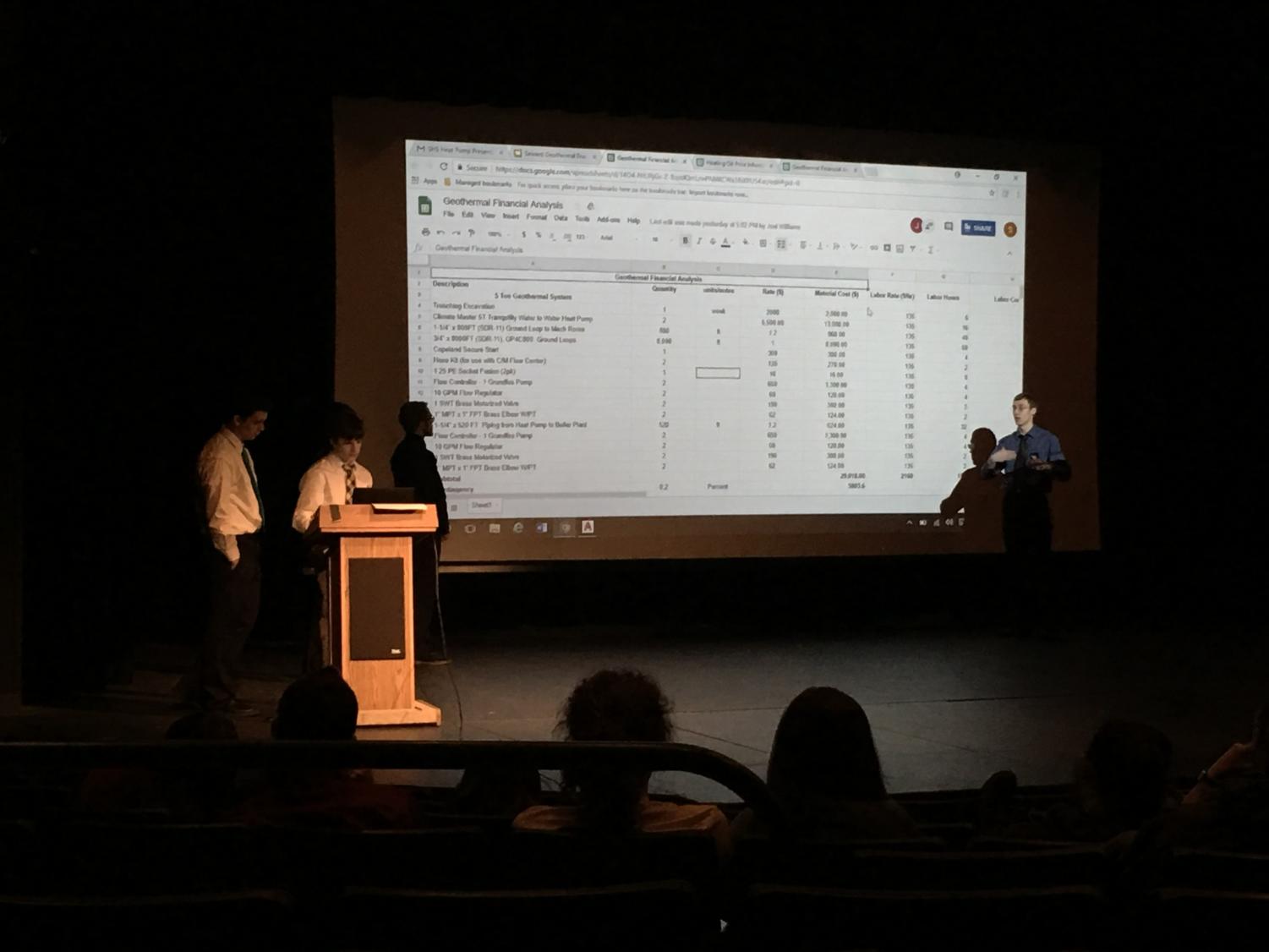
Recently, the geothermal group had the opportunity to present their idea to a group of engineers and architects who work for the borough: David May, school district director of planning and operations; Scott Griebel, director of borough maintenance; Kevin Lyon, borough project manager; and Sovala Kisena, borough risk management. If they believe the project is feasible and worth the cost, then the borough will move forward with the proposal.
The panel was impressed and gave the boys valuable information about the future of the project. They suggested the boys check the conditions of the ground beneath the field. Factors such as ground temperature and ice pockets have the possibility to skew the project plan. The boys’ next step will be to drill into the field to collect core samples, and once again, share their results with the men working for the borough.
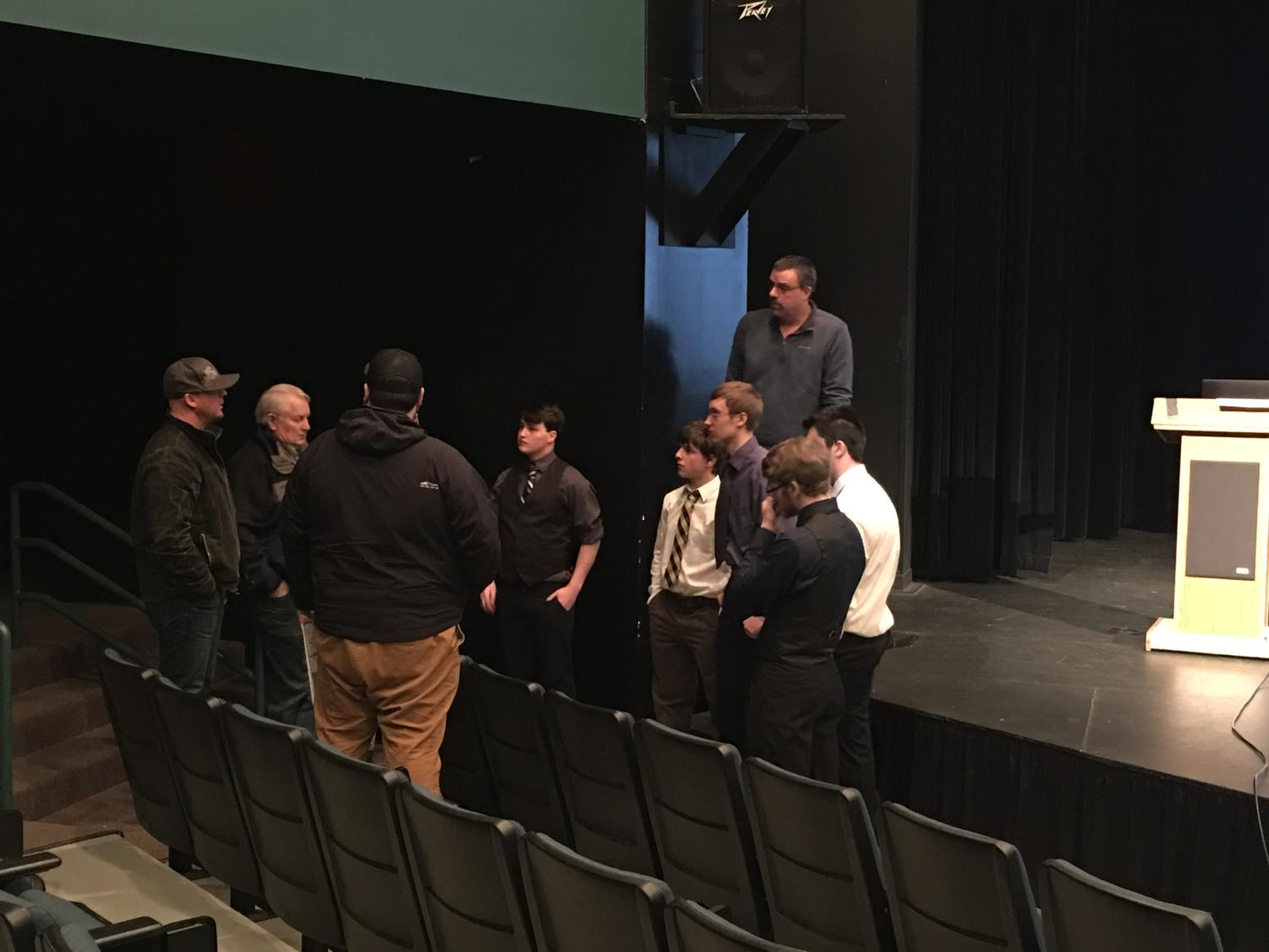 By the time this project would happen, all of the group will be graduated. Senior Simon Estes said, “I am really looking forward to where this project could actually go. Hopefully [it] can be seen all the way through; that’s really our goal.” In addition, they would like to show the idea at more venues and state organizations.
By the time this project would happen, all of the group will be graduated. Senior Simon Estes said, “I am really looking forward to where this project could actually go. Hopefully [it] can be seen all the way through; that’s really our goal.” In addition, they would like to show the idea at more venues and state organizations.
Junior teammate Beau Freiberg reflected on the group’s project: “In the beginning of the school year, we were building things like brush bots, which was fun, but to actually see what you worked on implemented in the real world… it’s crazy that it’s just a school engineering class.”
